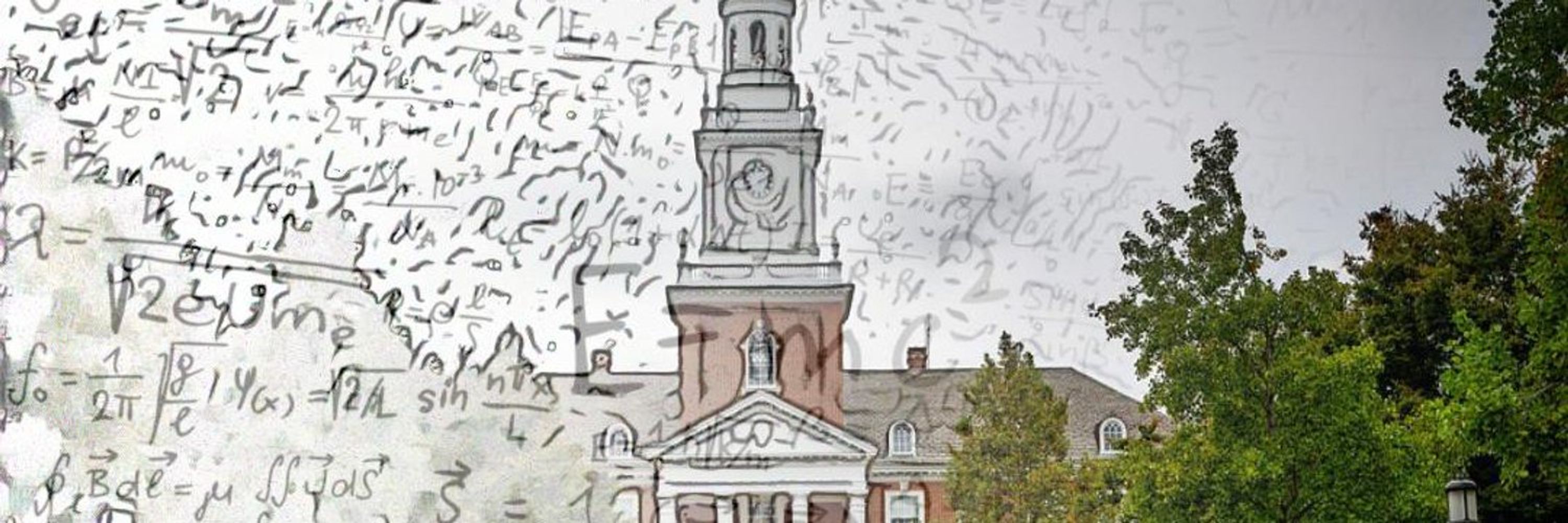
jsulam.github.io






We present Proximal Diffusion Models, providing a faster alternative both in theory* and practice. Here’s how it works 🧵(1/n)

We present Proximal Diffusion Models, providing a faster alternative both in theory* and practice. Here’s how it works 🧵(1/n)
🎉 Her work shows how to construct fully interpretable biomarkers employing bi-level graph learning! @jhu.edu @hopkinsdsai.bsky.social


🎉 Her work shows how to construct fully interpretable biomarkers employing bi-level graph learning! @jhu.edu @hopkinsdsai.bsky.social
come check
Jacopo Teneggi's work on Testing for Explanations via betting this afternoon! I *bet* you'll like it :) openreview.net/pdf?id=A0HSm... @hopkinsdsai.bsky.social

come check
Jacopo Teneggi's work on Testing for Explanations via betting this afternoon! I *bet* you'll like it :) openreview.net/pdf?id=A0HSm... @hopkinsdsai.bsky.social

